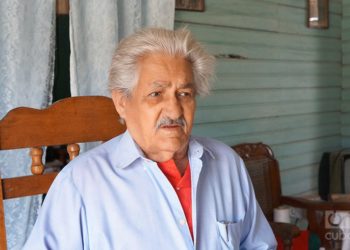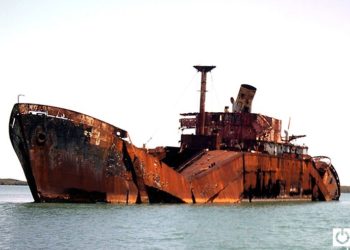Miami is over, but there’s still Prague
“They’re going to leave anyway. There’s the custom of leaving. If since January they can’t enter the United States so comfortably, they’ll go somewhere else. Perhaps they’ll come over here.” Alberto Enrique says this. He’s writing now from a street in Prague. Last year, when the irregular Cubans were still let in at the U.S. borders, we met in the Czech Republic. We bumped into each other by chance. That’s when I started to understand why a Cuban community gathered in Central Europe, why a welcoming space was constituted here, what spirit sustains a policy of entrance only comparable to the one abolished by Obama in one of his last gestures in favor of the normalization. Alberto Enrique wore a top hat. In the background, hospitable, Saint Wenceslaus of Bohemia occupied the place of honor in the very square where student Jan Palach immolated himself during the Soviet invasion of 1968. “I know it’s a bit ridiculous,” he says pointing to the hat, “but it’s my uniform, and I wear it to earn money to eat.” The top says Guinness. It’s the beer propaganda, the dandy attire. “I lure clients for a restaurant, I can’t complain. I’m doing much better...





